I followed this manual (https://afit-r.github.io/cleveland-dot-plots) to create a Cleaveland Dot Plot which I was able to reproduce but I faced the following challenges:
- How do I sort my Y-Axis in historical order? The varieties on my y-axis have different release years and although those are not shown in my plot I would like to order them in historical order. Now they are in some wired alphabetic order starting from the back and I don't even know how to change that.
- I couldn't manage to show the differences between the plots in percentages (like in the manual), could anyone explain to me that in more detail?
- Do you see any possibility of including the same data for another year?
See below for my code and picture:
require(ggplot2)
require(reshape2)
require(dplyr)
require(plotrix)
cleanup = theme(panel.grid.major = element_blank(), panel.grid.minor = element_blank(), panel.background = element_blank(), axis.line = element_line(color = "black"))
data19 = read.csv("Harvest_2019_V2.csv", sep = ";")
data19$Experiment_Year <- as.factor(data19$Experiment_Year)
data19$Release_year <- as.factor(data19$Release_year)
Subset2019 = subset(data19, Experiment_Year == 2019)
agHarvest.Weight <- aggregate(Subset2019[, 9], list(Subset2019$Variety,Subset2019$Release_year,Subset2019$Treatment), mean)
agHarvest.Weight$Variety <- agHarvest.Weight$Group.1
agHarvest.Weight$Release_Year <- agHarvest.Weight$Group.2
agHarvest.Weight$Treatment <- agHarvest.Weight$Group.3
agHarvest.Weight$Yield <- agHarvest.Weight$x
right_label <- agHarvest.Weight %>%
group_by(Variety) %>%
arrange(desc(Yield)) %>%
top_n(1)
left_label <- agHarvest.Weight %>%
group_by(Variety) %>%
arrange(desc(Yield)) %>%
slice(2)
ggplot(agHarvest.Weight, aes(Yield, Variety)) +
geom_line(aes(group = Variety)) +
geom_point(aes(color = Treatment), size = 1.5) +
geom_text(data = right_label, aes(color = Treatment, label = round(Yield, 0)),
size = 3, hjust = -.5) +
geom_text(data = left_label, aes(color = Treatment, label = round(Yield, 0)),
size = 3, hjust = 1.5) +
scale_x_continuous(limits = c(2500, 4500)) + cleanup + xlab("Yield, g") +
scale_color_manual(values=c("blue","darkgreen"))


